Last Updated on 01/18/2014 by Felix Esser
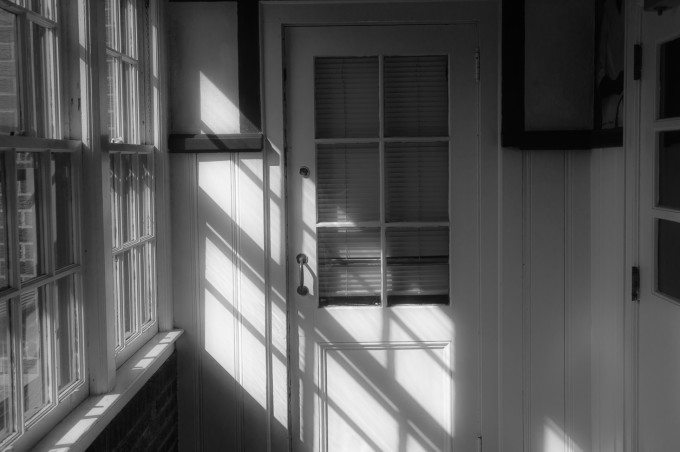
In photography, Dynamic Range is the amount of visible detail that can be seen or recovered between the lightest part of a photograph and the darkest. Having a good dynamic range in an image could make it look good, not only on screen, but when the image is printed as well. If the dynamic range is off in any way, the darker areas of an image can lose all their detail and just be black or the lighter areas can be washed out. If you gain a good understanding of dynamic range, it will improve your photography.
Size of a Sensor Matters
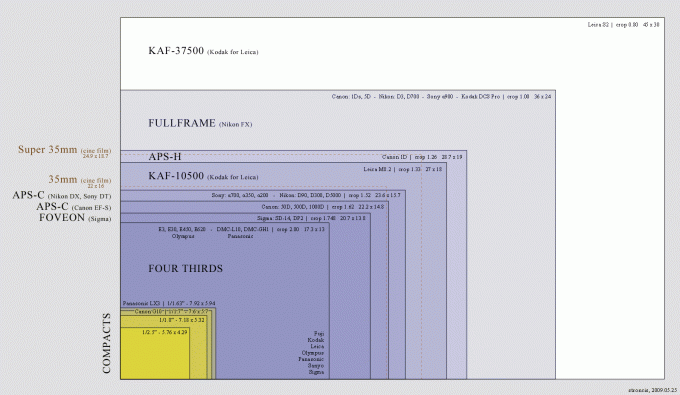
Sensors are our way of trying to duplicate eyes digitally. Film tries to duplicate our eyes through chemicals. Our eyes can see about 24 stops of light. Digital cameras, up to full frame, can see between 5-12 stops of light. A Nikon D800 has one of the highest dynamic ranges, currently. A larger sensor, like those found on Medium format cameras like a Hasselblad, have dynamic ranges close to film which has a dynamic range of around 12 stops. In essence, the bigger the sensor, the bigger its pixels, the more light they can gather and subsequently the better the dynamic range gets.
Histogram

On your camera, you have a histogram. Understanding it is very important (Check out our Guide to The Histogram Part 1 and Part 2.) It shows how your image is spread out over the dynamic range of the camera. The brightness levels of your images will be displayed here. Underexposed and overexposed images will have bad histograms.
Making sure you histogram is correct assures you a good dynamic range in your image.
In Praise of Shadows
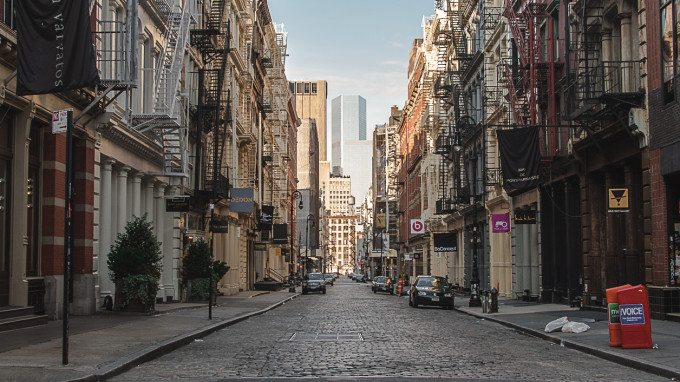
One of the best ways to work on dynamic range is to pay close attention to your shadows. You are trying to properly see the details in the dark within the light. If you can see details in your shadows, while maintaining a properly exposed background you have a good dynamic range image.
It’s really about contrast and change. You are looking for how the light changes through the image and trying to make sure it is all balanced.
The Zone System

The zone system, developed by Ansel Adams and Fred Archer in 1939, is one of the earliest measurements of dynamic range. It’s really important to how we create our images today. It is an early means of controlling the tonality in a photograph. Individual elements in the scene are measured to create a better exposure. Having a decent working knowledge of the zone system will give you a better understanding of dynamic range and help you make decisions during the creation of an image. It will also help you decide whether to use external lighting, or neutral density filters when dealing with uncanny lighting.
Dynamic Range Challenges
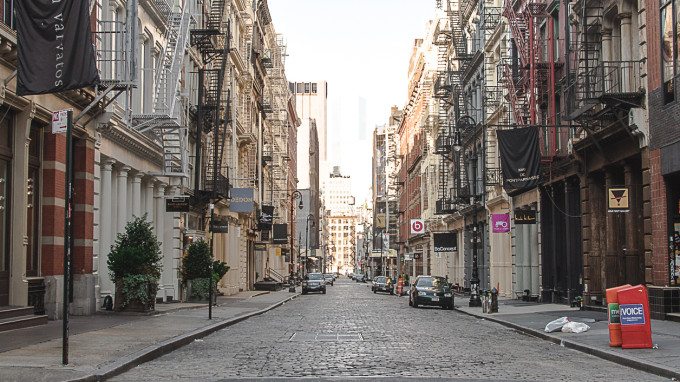
When you meter on a subject which has a lot of light in the background it can really mess up the image. You can fix dynamic range issues with the usage of additional lighting. An example: you are creating an image with a bright light source in the background. When you expose for the background, the foreground is too dark and the shadows have no details. If you want to properly expose the foreground, the background is washed out. If you want both to be balanced, and have a good dynamic range, a strategy to consider is using a fill flash on the foreground. This will draw out the details in the foreground while leaving the background visible. Additionally, you can make adjustments in a software like Lightroom to bring out more details in images (see our post on creating “faux-DRs”.)
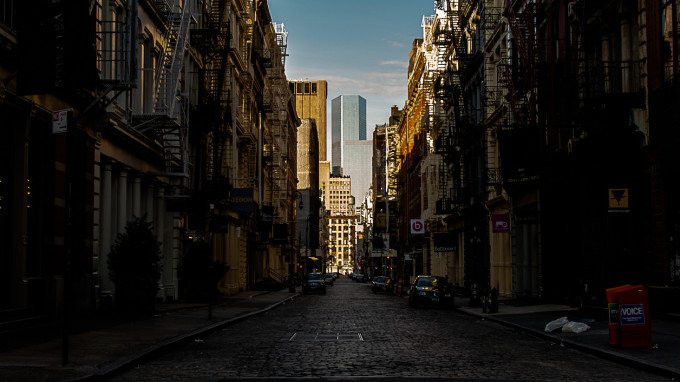
Another option to consider is a High Dynamic Range image (HDR). Fundamentally this consists of combining multiple images to draw out all the details in the scene. I am not going to go into it full here but we have covered this topic here. If done correctly, HDR images can deliver an extremely detailed image.
Metering
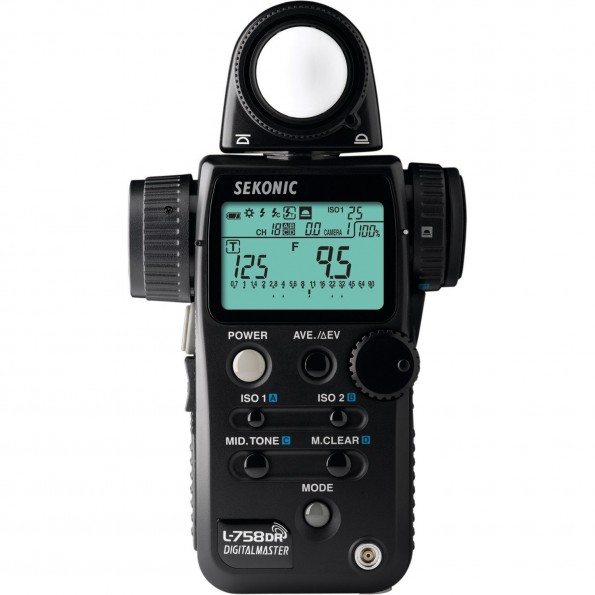
Most cameras can meter a scene, to give a proper exposure, but this is only an average under most circumstances. Most cameras try to make sure the metered area corresponds to 18% grey–the color of a grey card. It’s not a 100% reliable, though, since every camera meters slightly differently. Light meters can help expose an image correctly and take advantage of the full dynamic range of your camera. In the end, if you want to see everything in an image, dynamic range is important. The more detail you have to work with the better you’ll off be.
Please Support The Phoblographer
We love to bring you guys the latest and greatest news and gear related stuff. However, we can’t keep doing that unless we have your continued support. If you would like to purchase any of the items mentioned, please do so by clicking our links first and then purchasing the items as we then get a small portion of the sale to help run the website.

